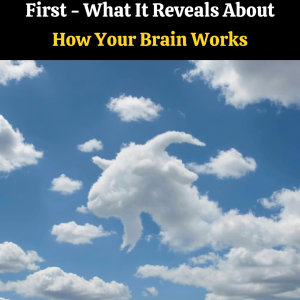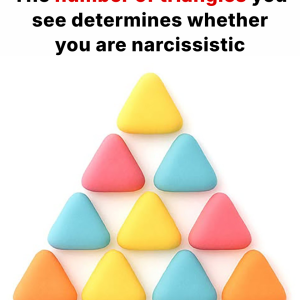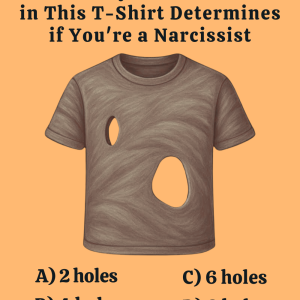
“I have 6 eggs. I broke 2. I fried 2. I ate 2. How many eggs do I have left?”
At first glance, it looks like a children’s riddle. And yet, this little logic puzzle has caused chaos on social media, drawing millions of comments and heated debates. Some people swear there are no eggs left, others insist there are four… so who’s right?
This is exactly the kind of brainteaser that reminds us how quickly our mind likes to jump ahead. A little too quickly, sometimes! And that’s where the beauty of this surprising riddle lies.
Why does our brain fall into the trap?
When we read the sentence, we tend to imagine each action as separate: breaking two eggs, frying two other eggs, then eating another two different eggs.
Our brain automatically stacks up the actions without stopping to think about the actual logic behind them.
But if we go through it calmly… everything changes.
You start with 6 eggs.
You break 2: you still have them, just broken.
You fry those same 2 eggs (you obviously have to crack them before cooking!).
And finally, you eat them.
In the end? You only used two eggs for all those actions, and the remaining four are still untouched.

The correct answer (and the logic behind it)
You have 4 eggs left.
No trick, no magic—just careful reading!
The secret of this riddle lies in the sequence of actions: they don’t necessarily apply to different eggs. Most people rush and assume each verb refers to a new set of eggs. That’s an illusion created by the way our brain reads and interprets information.
What this riddle reveals about the way we think
This little puzzle is more than a word trick—it highlights a fascinating mental habit.
When faced with a simple sentence, our brain tends to fill in the gaps on its own. It anticipates, interprets, creates connections.
That’s useful in everyday life, but sometimes… it misleads us.
We do the same thing in many situations:
– when we read a slightly ambiguous message,
– when we interpret a comment without checking what it really meant,
– or when we form an opinion too quickly.
In a way, this riddle invites us to slow down, look closely, and listen before concluding.




